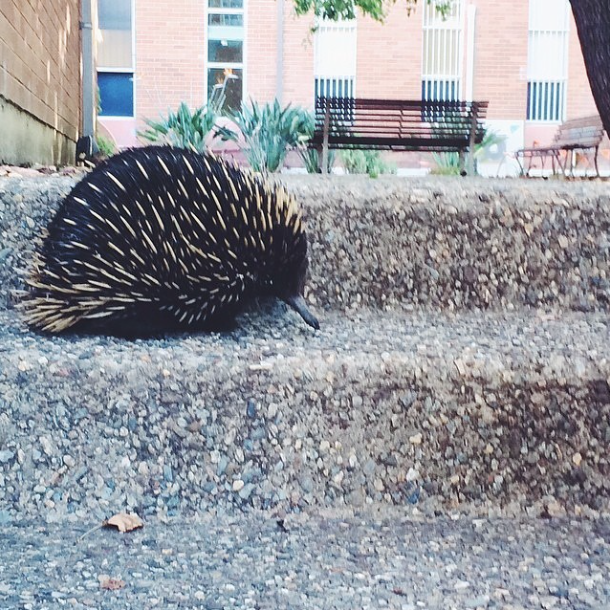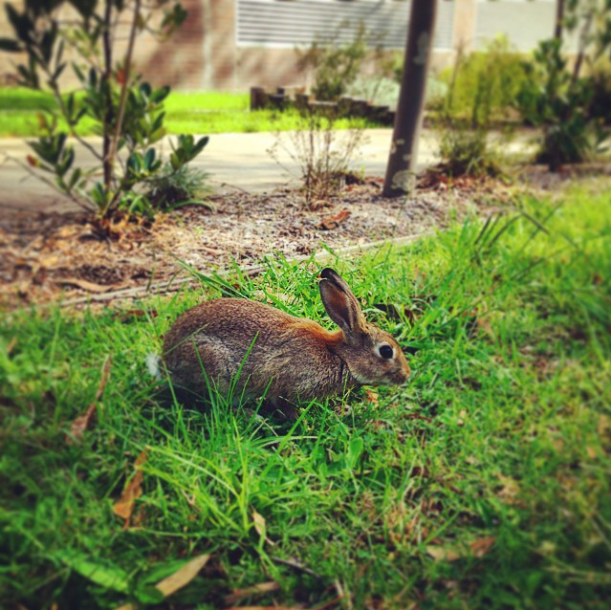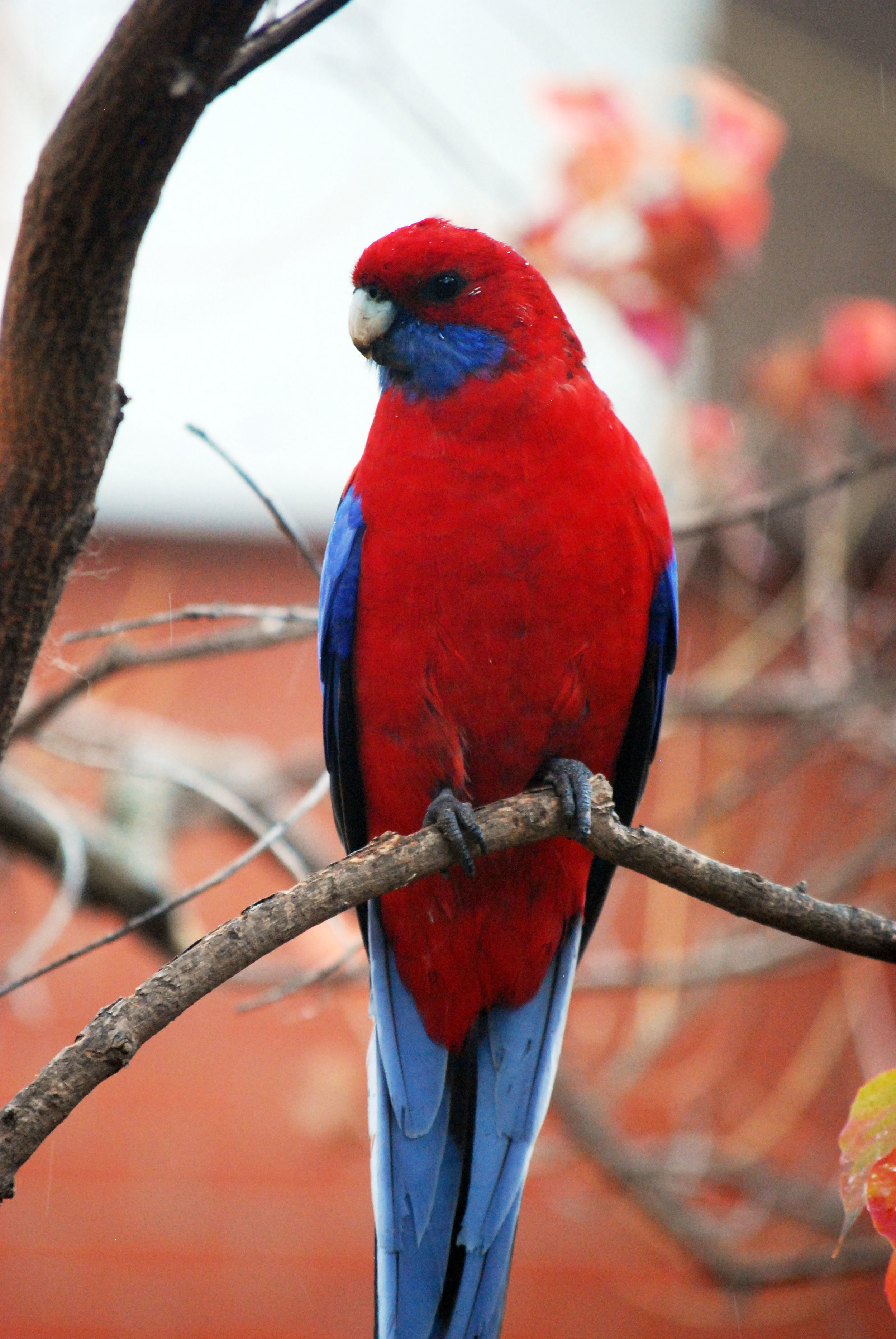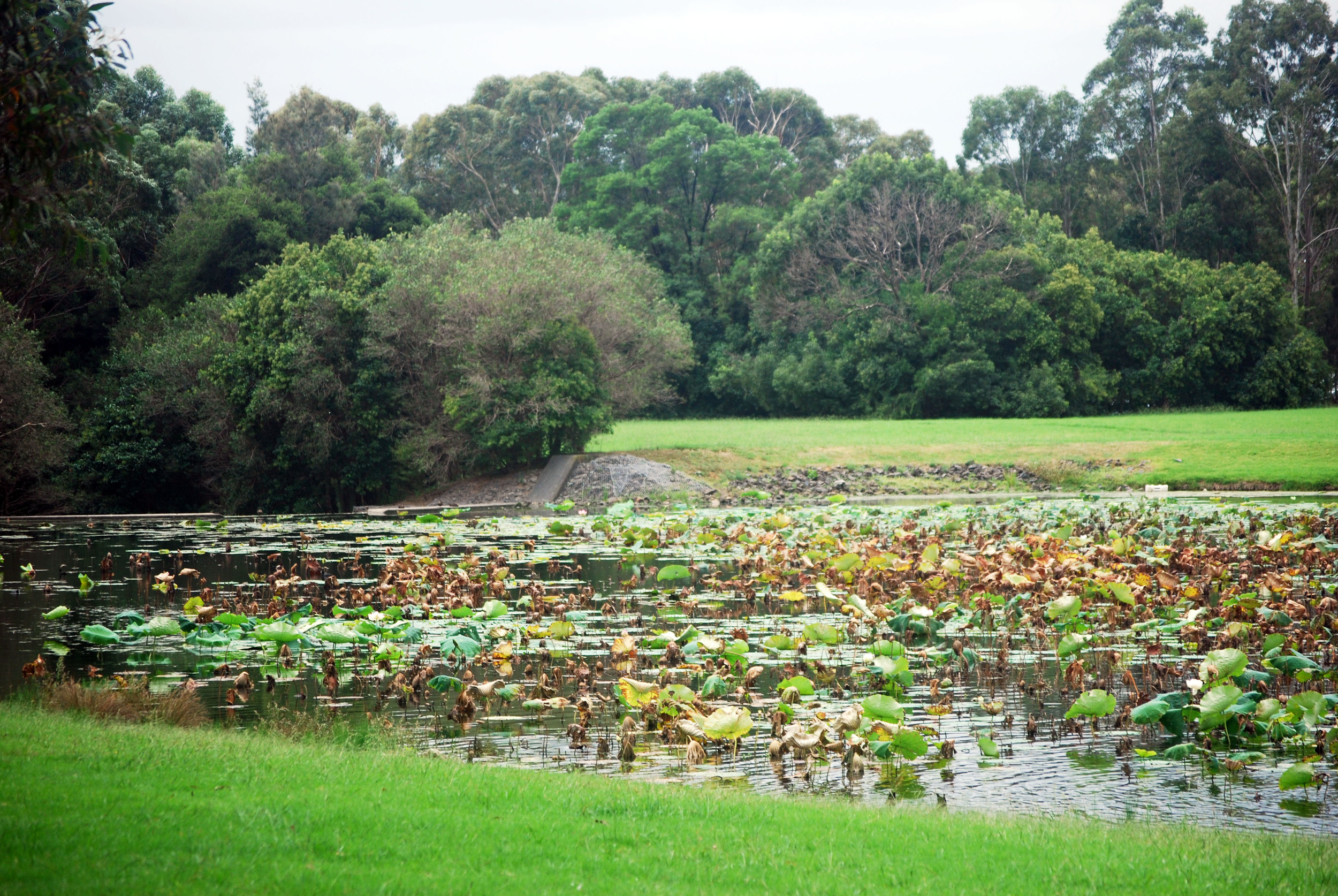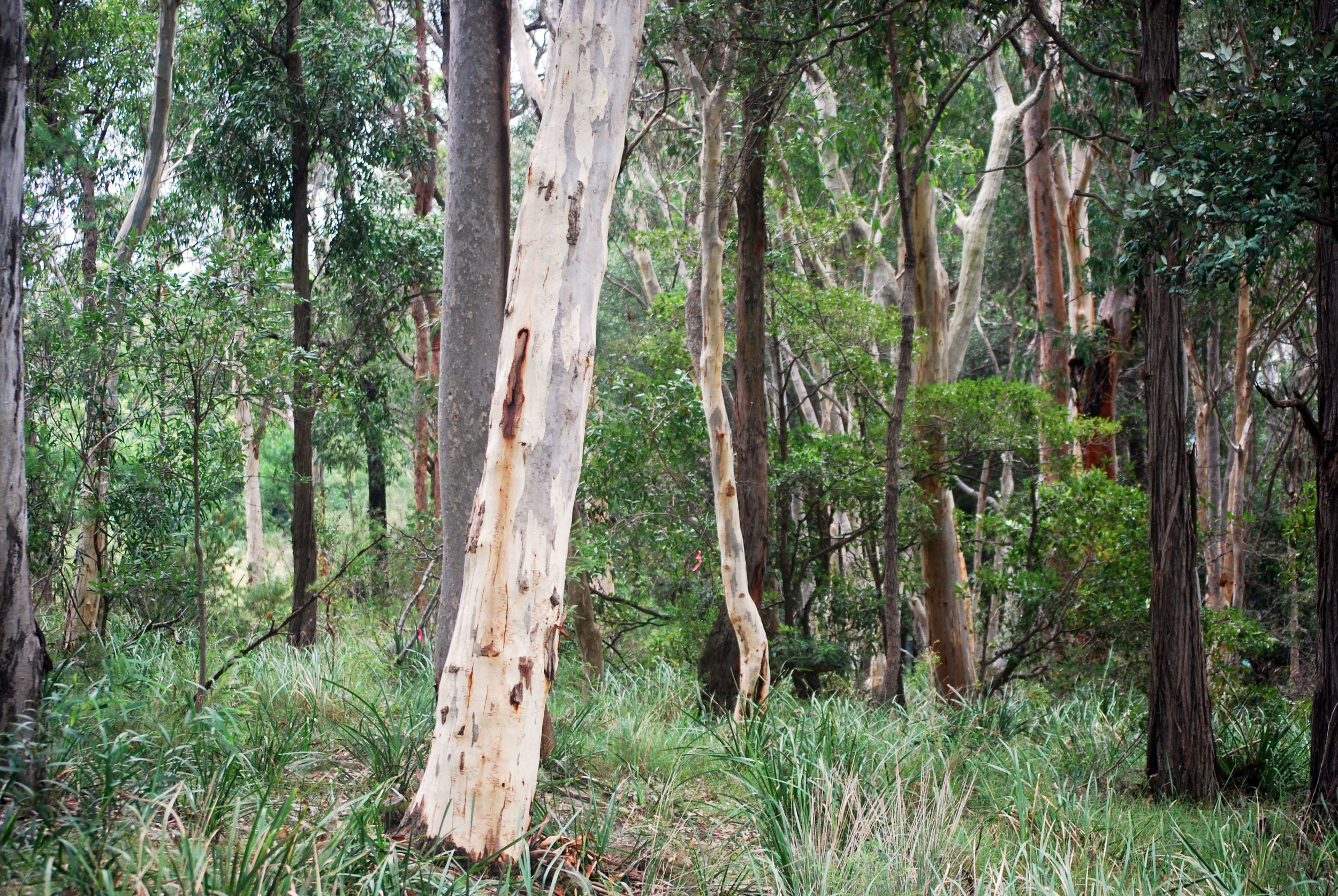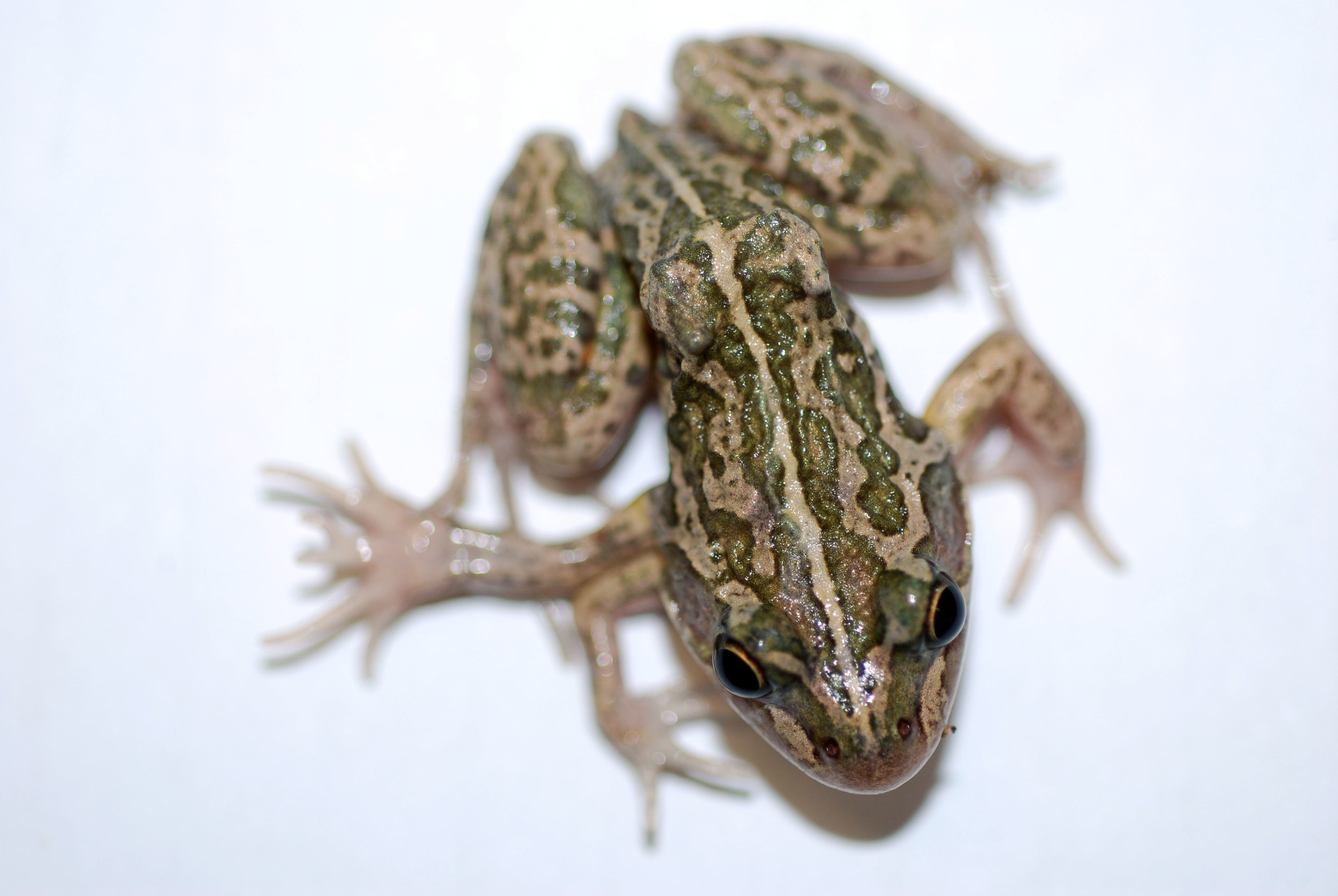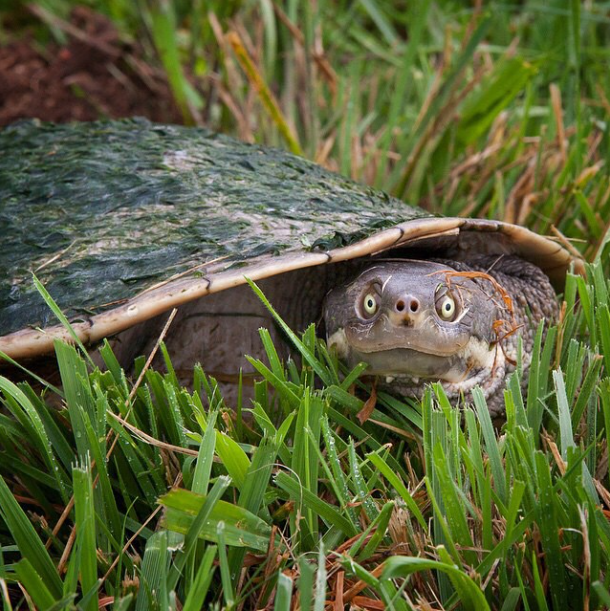It's amazing how much seemingly minor things, things that never occurred to me before I moved to Australia, matter so much in determining my quality of life. There is a trend right now for "open plan" offices in academic environments. The idea seems to be that by preventing people from being in small offices, and instead having a desk in a large room with many, many other people, you foster communication and collaboration. I have worked in both small offices and large, open plan offices and in my opinion this is complete baloney. Offices are for doing work, which often requires concentration and a lack of disturbance. In my experience, open-plan offices just breed frustration and resentment for one's co-workers and ultimately creative ways to isolate one's self in a crowded environment, such as wearing headphones, erecting blinders around your desk, and even not coming in at all and instead working from home. In the end that has the opposite of the intended effect: people, especially introverts, deliberately isolate themselves from the academic community at the university. Even a coffee shop is easier to work in than an open-plan office. At least at a coffee shop the din is constant and consistent and the people are strangers - very unlikely to break your concentration by coming up to talk to you. I am being a little too harsh here, I've worked in open-plan offices that work well, but these have false walls (basically, cubicle walls) that give you a little privacy and the desk space allotted to each individual was large enough that we weren't touching elbows all the time.
So what does, in my opinion, foster collaboration and camaraderie? Common areas. Nice, welcoming places that you can go to eat lunch, look over a paper with your colleagues, or have a meeting over coffee. These allotted areas are often looked down upon for being wastes of space, social areas where you can go to waste time, but again I think this is baloney. These are the areas were you meet the people you work with: over lunch, during a discussion group, or if you happen to be reading the paper at the same time as someone else. A common area to have lunch is important: if everyone leaves the building for lunch, people will arrange to go with their friends, and new people who haven't met anyone yet will often feel awkward and left out, simply because no-one yet has their phone number and it's always hard to remember to include everyone. And nothing breeds resentment for your coworkers like eating fish for lunch at your desk in a shared office. This I know from experience. Meeting people and building relationships in a neutral space is, in my experience, extremely important for fostering professional relationships and developing collaborations. When academic buildings have been designed in the past, it seems the architects have agreed. The building I work in at the Australian National University (ANU), the Banks Building, has a large indoor meeting/tea room and an even larger outdoor courtyard. The courtyard in particular has been a major contributor to both my job satisfaction and community-development within the Evolution, Ecology & Genetics department at ANU.
The courtyard in the Banks Building at ANU as seen from Google Earth (left) and the second floor balcony (right).
The primary reason the courtyard is such a large part of what makes me happy at ANU is not just because it is pretty (though it is). It's because this is the place to go for lunch and get a little vitamin D. I've met countless people from the department I wouldn't have otherwise met because they were looking for somewhere to eat their lunch and came to eat it outside with us in the courtyard. It's also the place were we have barbecues once in a while. Barbecues are also excellent ways to celebrate milestones like thesis submissions, retirements, and Fridays. Having an eating area that's welcoming and large enough for everyone does wonders to foster these positive feelings towards our academic community at the ANU. This sense of community helps us all get along and also to do better science through collaboration and team work. THIS is how you get to know people and their science. Not with building a tunnel between two buildings, not with open-plan offices or labs. I've been to many working environments that have tiny, gross, entirely unwelcoming common areas that are completely unsuitable for meeting people. These places are also often filled with people who complain about feeling isolated and alone at work (in my experience, at least).
Our courtyard in the Banks Building at ANU is a great place for meeting people and fostering community and collaboration. Here we are celebrating... something... (possibly a thesis submission*) on the left and in the middle, and meeting in the morning sunshine on the right. Photos kindly provided by Cat Young (who's soon getting married to the guy in the picture on the right, which I cannot, even though I would love to, credit to meeting in the courtyard).
The courtyard is a particularly wonderful common space because the trees and pond within encourage the presence of wildlife. Several of the wild animals mentioned in this post about wildlife on campus have been seen in the courtyard. Particularly, the large Banksia tree in the courtyard has been home to both ringtail and brushtail possums, and its flowers and seeds attract a wide variety of animals including flying foxes, honeyeaters, and at least five species of parrot (including my favourite, gang-gangs). For about a year a pair of ringtail possums decided a notch in the Banksia tree was an ideal bed, and we'd check every day to see if Yoda and Yodette were around. Word quickly spread amongst us if they were. Later, a possum nesting box was affixed to the tree and ever since we've had a rotation of brushtail possums using it, including one memorable female with her baby. The more confident possums will even come out of the nesting box at lunch time to try and steal a midday snack.
Brushtail possums have been occupying the courtyard since a possum nesting box was installed. Photos by Cat Young.
In addition to the wild animals that wander through, our courtyard is home to some departmental "pets". They are mostly unwanted pets that we've accumulated over the years. These are species that live in the local Canberra area, and are therefore perfectly happy to live in the courtyard year-round. Though we greatly enjoy having them around, they seem to be even more appreciated by visiting scholars, especially those from overseas, for whom they provide a way to see some local wildlife while having meetings about science. This is advantageous because scientists are busy people and often only visit for one or two days, not long enough to squeeze in some wildlife viewing on top of all the meetings. In our courtyard we have quite a few native animals wandering around which often crawl over their feet while in the midst of technical discussion. The slight loss of productivity and focus is mitigated by the increase in joy.
The most charismatic "pets" living in the courtyard are the Gippsland water dragons. There were eight dragons in the courtyard last time I counted, seven of them male. Each male has their own territory, but they all want the same territory: the one which contains the picnic tables at which we eat lunch. Whichever dragon holds this territory gets a free lunch almost every day. The free lunch also attracts the courtyard's only female dragon, allowing the territory's male exclusive access to her. For years this territory was held by Stumpy, the oldest male dragon, who bore the scars he got keeping his prize territory. However, last year Stumpy got too old and fell from grace: there was huge upheaval amongst the courtyard dragons (this is starting to sound like Game of Thrones) and a new, young upstart beat Stumpy in battle and took the female and free lunches for himself.
Stumpy the old dragon king on the left and his young usurper on the right. Photos again kindly provided by Cat Young.
The dragons aren't the only ones we share our lunches with. If a brushtail possum is around it often gets some (see photo above right), and the courtyard's resident bluetongue skink also partakes. Possums and dragons are quick and agile enough to steal food when we aren't looking - the dragons have even been known to climb unsuspecting legs to grab a meal - but the bluetongue is neither quick nor agile and has to wait for handouts. Of course we are quite fond of all the animals and generally handouts are provided all around.
We often share our lunches with the courtyard "pets", including the dragons (left and centre) and the bluetongue skink (right). Left and centre photos provided by Rose O'Dea, right by Cat Young.
In the courtyard's centre is a large pond which provides habitat for its more aquatic residents. Two species of turtle reside in the courtyard pond: eastern long-neck turtles and Murray River short-neck turtles. The turtles are a great weather-prediction system: if they're out of the water and wandering around, it's likely to rain that day. They're also rather joyful: they constantly look like they're smiling at you. The turtles, like the lizards, are used to being fed by people, and as a result are rather friendly. If you approach the pond they'll often come to greet you to see if you have any yummy liver treats for them (they're fed raw cow liver).
Smiling Murray River short-neck (left) and eastern long-neck (right) turtles inhabit the courtyard pond. Right photo once again kindly provided by Cat Young.
One courtyard resident has attained mythical status in our department: Gerry-lee, the courtyard eel. Many believed he did not exist. There were very few sightings of him after he was introduced to the courtyard in 2012, and most thought he was either someone's joke or had died. Those who claimed to have seen Gerry-lee could not provide proof. I myself had seen him only a handful of times, and had never been successful in photographing him. So most remained disbelievers up until earlier this year when our department's resident freshwater fish expert managed to take three pictures of Gerry-lee, proving his existence once and for all.
Gerry-lee the courtyard eel, who we are all now sure exists. Photos kindly provided by the only person I'm aware of to have successfully photographed Gerry-lee, Dr. Dan Starrs.
The ANU is not the only university to see the benefit in providing welcoming common areas, particularly courtyards. When I visited the University of Papua New Guinea last year I discovered their biology building also has a large courtyard. Being in a tropical country, their courtyard contained a spectacular mini-rainforest, complete with fawn-breasted bowerbirds and a bower! I've seen satin bowerbirds in the courtyard at ANU on a few occasions, but having a resident male with a bower would be spectacular. I also recently visited the University of British Columbia and discovered their biology department has a courtyard, and than they are committed to keeping it through upcoming renovations. Although the University of British Columbia is located on a sadly bowerbird-free continent, I did find out that their courtyard is visited regularly by the spectacular Anna's hummingbird.
Courtyards are found in the biology buildings at the University of Papua New Guinea (left) and the University of British Columbia (right).
I strongly feel that attractive, open common areas, such as courtyards, are essential to fostering and maintaining a collaborative, productive, efficient and happy academic atmosphere. And all these things are essential contributors to my overwhelmingly positive experience working at the Australian National University.
*Correction!






















